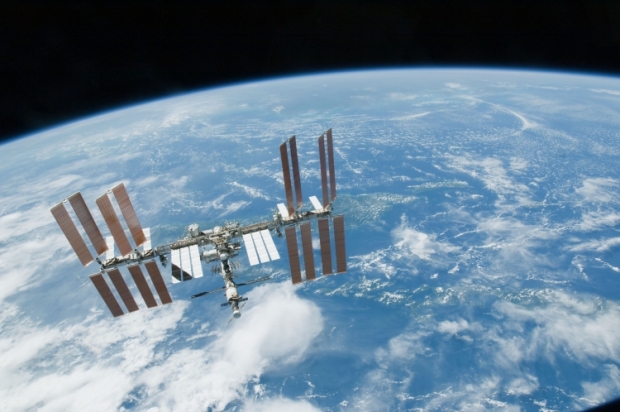Space.com wrote that Spaceborne Computer-2 will launch to space Feb. 20 aboard a Northrop Grumman Cygnus cargo craft that will also deliver tons of other supplies, experiments and food for the station's Expedition 64 astronauts.
An Antares rocket will launch the Cygnus NG-15 cargo mission from NASA's Wallops Flight Facility on Wallops Island, Virginia. Spaceborne Computer-2's mission could last two or three years. Once the computer is up and running in orbit, researchers will be able to use the Azure cloud system to do intensive processing or to transmit results back to the device. The computer is based on HPE's Edgeline Converged Edge system designed to operate in harsh environments.
"The combined advancements of Spaceborne Computer-2 will enable astronauts to eliminate longer latency and wait times associated with sending data to-and-from Earth, to tackle research, and gain insights immediately for a range of projects", the release added.
The new project builds on the lessons learned from a predecessor proof-of-concept device, called Spaceborne Computer. This flew to the space station for a one-year mission in 2017 to investigate computer reliability in space, amid a harsh environment that includes high radiation and zero gravity.
"The goal was to test if affordable, commercial off-the-shelf servers used on earth, but equipped with purposefully-designed software-based hardening features, can withstand the shake, rattle and roll of a rocket launch to space, and once there, seamlessly operate on the ISS," the press release said, adding the predecessor mission was a success.
"Additionally, gaining more reliable computing on the ISS is just the first step in NASA's goals for supporting human space travel to the moon, Mars and beyond where reliable communications is a mission critical need", the release noted.




